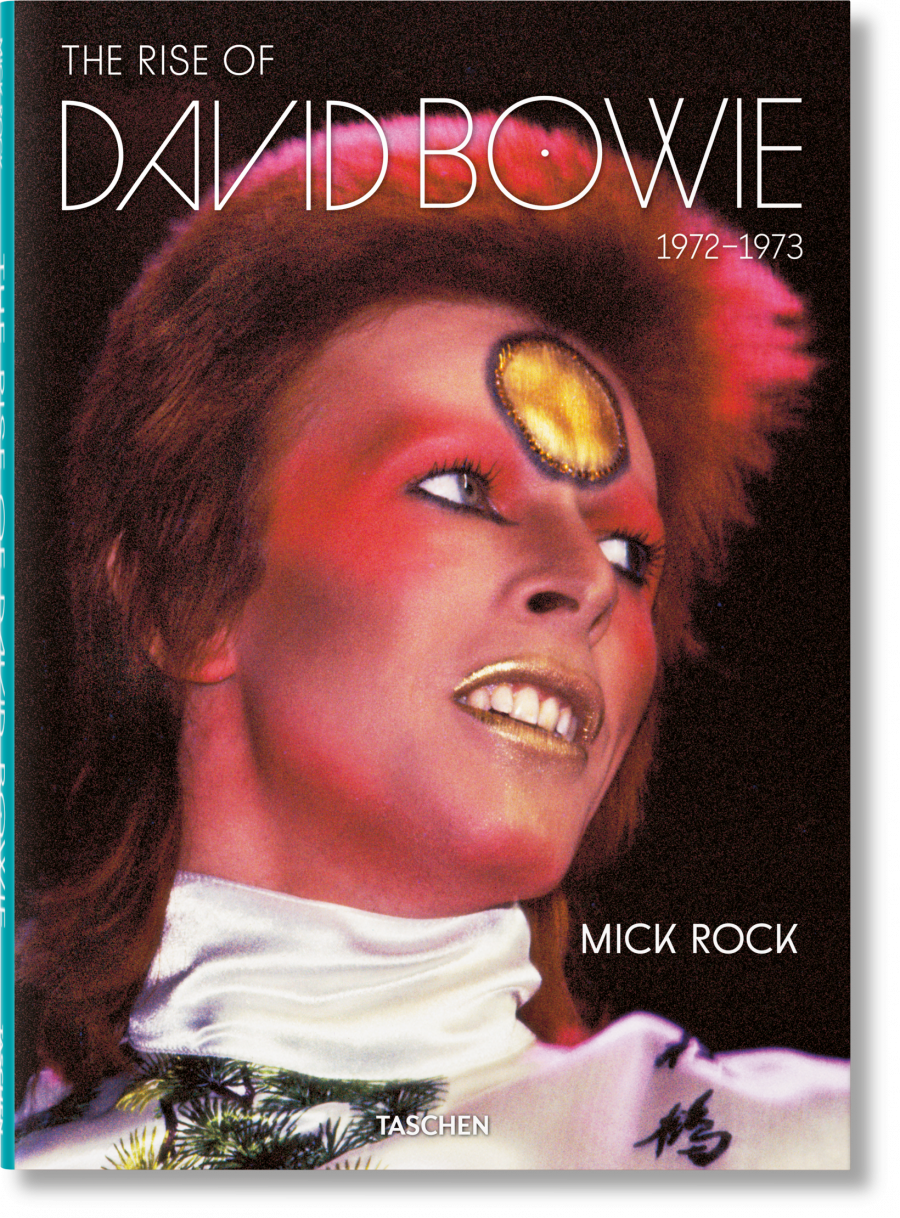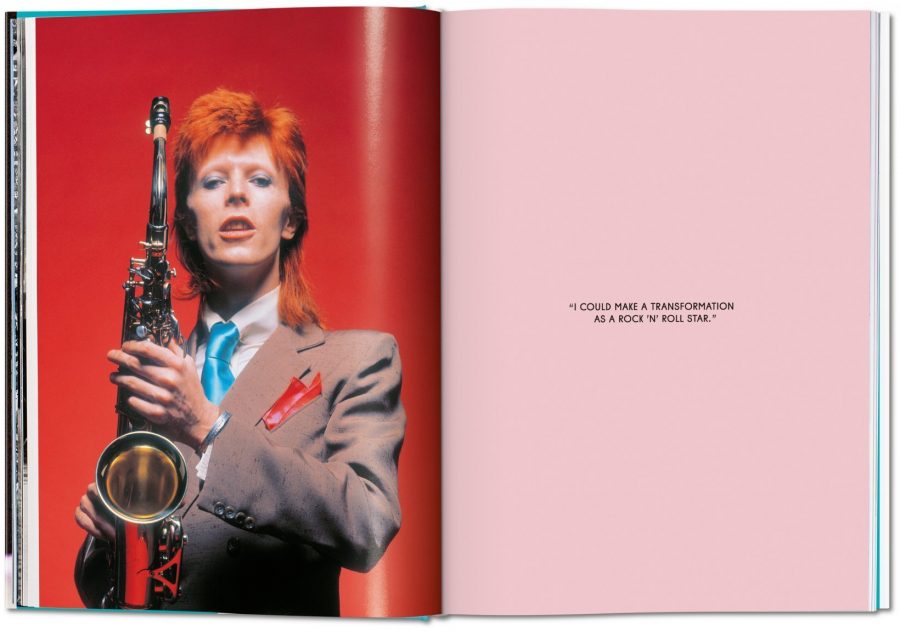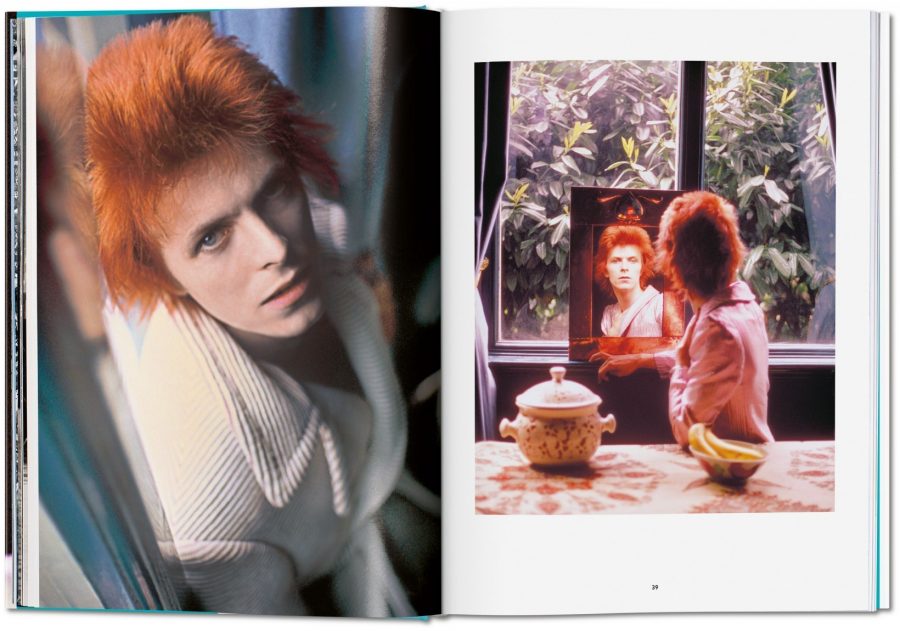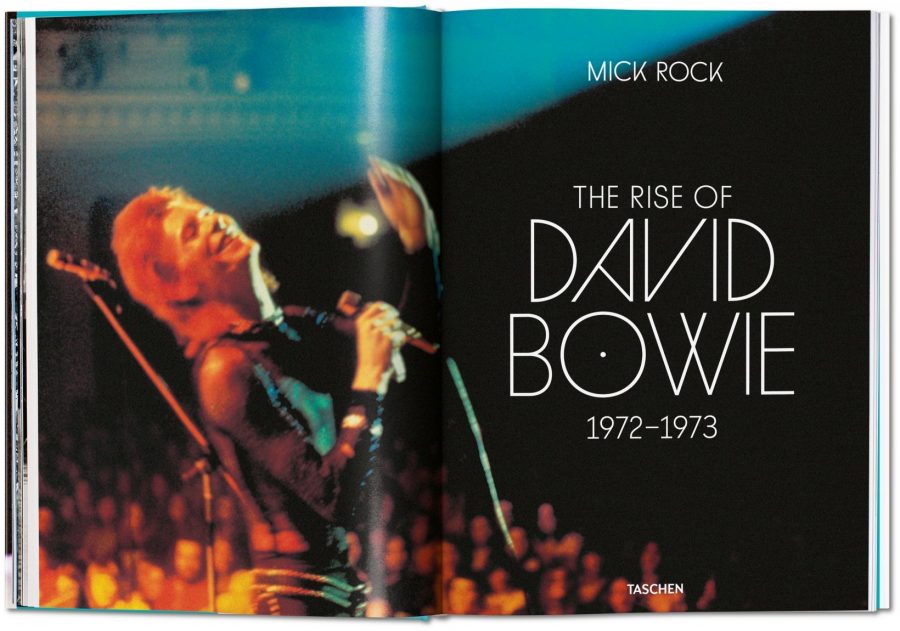We never ever got as famous as the Beatles. But we started as friends, and we ended as friends. —Sylvia Saunders, The Liverbirds’ drummer
John Lennon (a member of a band who in a parallel universe might’ve been billed as the male Liverbirds) announced that the all-female quartet would fail, a deeply inaccurate prediction.
The band got a lot of attention, toured with The Kinks and The Rolling Stones, dismissed Brian Epstein when he pooh-poohed their desire to play in Hamburg, rejected an offer to play topless in Las Vegas, and were sought out by Jimi Hendrix, owing to their bassist’s joint-rolling skills.
They also learned how to play the instruments they had optimistically purchased after seeing The Beatles in Liverpool’s famed Cavern Club.
Respect to any grandmother with bragging rights to having seen The Beatles live, but it’s heartening that these 16-year-old girls immediately pictured themselves not so much as fans, but as players.
As bassist and former-aspirant-nun Mary McGlory recalls in Almost Famous: The Other Fab Four, Ben Proudfoot’s New York Times’ Op-Doc, above:
“Oh my god!” I said to my cousins, “We’re going to be like them. And we’re going to be the first girls to do it.”
Mission accomplished, in trousers and neatly tucked-in shirts, buttoned all the way to their collars.
It’s not terribly hard to guess what put an end to their six-year-run.
Motherly, wifely duties…
Sylvia Saunders, who became drummer by default because sticks were a better fit with her small hands than frets, got pregnant, and recused herself due to complications with that pregnancy.
Valerie Gell, the Liverbirds’ late guitarist and most accomplished musician, married a handsome fan who’d been en route to Hamburg to propose when he was paralyzed in a car accident, devoting herself to his care for 26 years.
The other two members carried on for a bit, playing a Japanese tour with a couple of female musicians they’d met in Hamburg, but the chemistry couldn’t compare.
The dream was over, but fortunately rock and roll stardom was not their only dream.
Unlike the fourth Liverbird, Pam Birch, who descended into addiction after the band broke up, neither Saunders nor McGlory seems angry or regretful over what could have been, smiling as they mention their long, happy marriages, children, and grandchildren.
They were awfully tickled by Girls Don’t Play Guitars, a recent West End musical that tells the story of the Liverbirds.
And McGlory is admirably sanguine about Lennon’s famous diss, revealing to the Liverpool Echo that:
He had a smile on his face when he said it—he wasn’t being malicious. But it would have been nice to have bumped into him a few years later and for him to say, “Well done, you proved me wrong,” which I’m sure he would have been happy to do.
Related Content:
New Web Project Immortalizes the Overlooked Women Who Helped Create Rock and Roll in the 1950s
Women of Jazz: Stream a Playlist of 91 Recordings by Great Female Jazz Musicians
Venerable Female Artists, Musicians & Authors Give Advice to the Young: Patti Smith, Laurie Anderson & More
Ayun Halliday is an author, illustrator, theater maker and Chief Primatologist of the East Village Inky zine. Join Ayun’s company Theater of the Apes in New York City for her book-based variety series, Necromancers of the Public Domain, and the world premiere of Greg Kotis’ new musical, I AM NOBODY., playing at The Tank NYC through March 28 Follow her @AyunHalliday.







